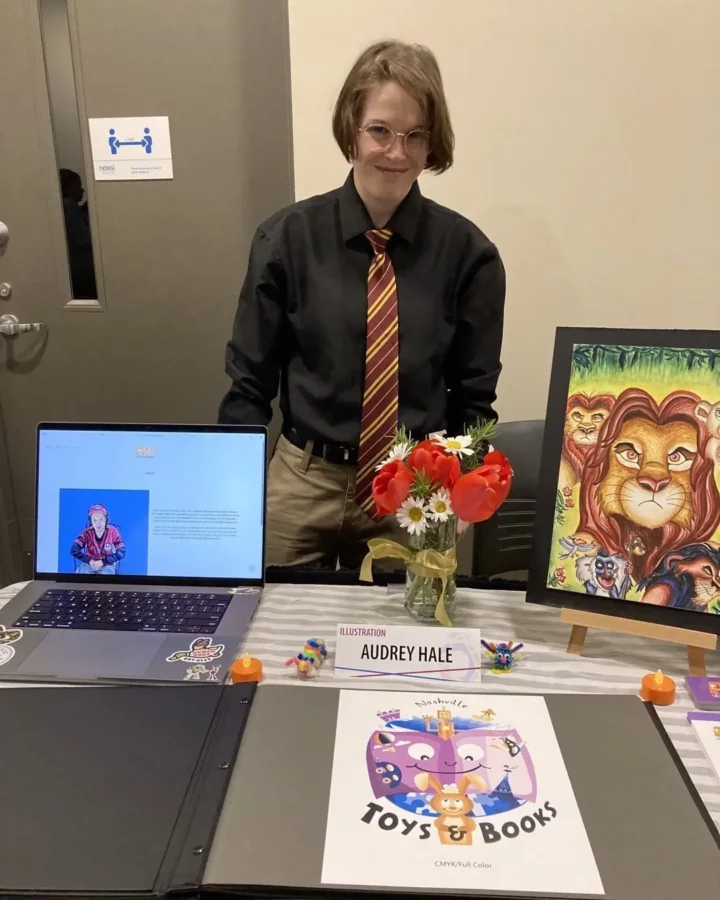
Guest Post by MJ Lisbeth
Rarely do I have contact with anyone I knew from my campus Christian fellowship or Evangelical church. But when I do it is, to say the least, interesting.
In an earlier post, I talked about “Ivette” who, after many years, told me about something I’d long suspected: a deacon in the church raped her. Not long ago, someone else from that church, and the Christian fellowship, got in touch with me after reading something I’d written elsewhere.
“Marcus” was a kind of role model for me. Or so I wished. A few years older than I, he entered our college and Christian fellowship after serving in the Navy. He was following a family tradition, he explained. Also, being eligible for the draft, he calculated — correctly — that his enlistment and qualification for an in-demand specialty kept him from being tossed like an ember into the cauldron of Vietnam.
That wasn’t the reason I looked up to him, though. I never doubted his commitment to the Lord. He seemed to be an embodiment of something I hoped to be possible: a devotion to the intellect and the creative spirit that was entirely compatible with a love of Christ, and fellow humans.
We were in the same major, with specialties that overlapped, so we took a few classes together. Inside and outside of those classes, we debated whether John Milton’s “Paradise Lost” and Victor Hugo’s “Les Miserables” (before it was turned into a musical) were actually forms of Christian “witness.” (I have to admit that part of my admiration for “Marcus” was that he read “Les Miserables” in the original French without—as I did—reading a translation first.) Naturally, since he was a bit older and thus having had life experiences most of my peers lacked, those discussions were, I felt, more interesting than the usual college bull sessions.
Much later, it occurred to me that we were having such discussions out of earshot of other fellowship and church members. Likewise for our discussions about topics like gays and women’s rights (we were in the ’70s, after all!) and abortion. While I echoed the zealotry of my peers and the rigidity of fellow congregants, I think he knew that, deep down, I didn’t thoroughly agree with them.
By now, you might have guessed that he realized I was struggling to reconcile my own sexuality and gender identity with my faith. To my knowledge, he didn’t have a similar conflict but, I suspect, his experiences—including those in uniform — brought him into contact with a wider variety of people than most people in my college, at that time, would have known.
We graduated, went our ways, came back (I, for a short-lived stint in graduate school), and went our ways again. A couple of years after moving back to New York, I bumped into “Marcus” near St. Mark’s Place where — you guessed it — I’d gone to a poetry reading and had drinks with a couple of friends.
This was not long after Ronald Reagan brought himself to utter “AIDS” publicly. “Marcus” and his wife were helping its victims and the homeless (the term in use at the time) through a faith-based organization, I forget which. Anyway, he said that he had to get away from the “Comfort-ianity” of our old church and others he’d attended. Neither he nor his wife tried to bring me “into the fold” or questioned whether I was living a “godly lifestyle.” Instead, they told me to keep on reading — the Bible and anything else — and to “ask questions and pray.”
Had I continued to believe, that last phrase could have been my mantra. But now, as a non-believer, I believe that the first part — ask questions — is one of the essences of life itself. As I suspect, it was and is for “Marcus” and “Leilani.”
That, most likely, is what led to another event in their lives. In one of his last letters (remember those?) before our recent reunion, he mentioned a son who’d been born to them. He would’ve been a college student or, perhaps, a sailor (like his dad). Note that I said “would’ve”: He didn’t make it to one of those hallmarks of adulthood, or even his high school graduation. For that matter, he didn’t attend high school, or much of any school in the sense that most of us know it. Much like my cousin who passed away three years ago, he never learned to speak, walk without assistance, or do most of the things we do without thinking.
As you might expect, they — who were still believers — heard the usual Christian platitudes about God’s “will” and his unwillingness to “put you through anything he won’t help you through.” Few who haven’t been through the trials of raising someone with severe developmental disabilities can understand how condescending or simply insulting such declarations can sound even to someone who believes them. Not to mention that like “thoughts and prayers” for them (or victims of gun violence), they do nothing to help alleviate the suffering or offer strength to carry on.
But even that wasn’t enough to shake “Marcus’” or “Leilani’s” faith. Rather, it was a question “Marcus” tried to answer through his extensive reading of the Bible, as well as various theologians and apologists. His and his wife’s faith was premised on “accepting Jesus Christ as Lord and Savior” and gleaning the will of said Lord through prayer and Bible reading. Their son, of course, could do none of those things. So, they wondered, would he join them in the joyous afterlife that, they believed, was promised to them for their commitment and faith?
Perhaps I shouldn’t have been surprised to hear that one pastor, then another, and a scholar from the seminary “Marcus” attended for a time told him “No.” Their son, through no fault of his own, has no hope of eternal salvation — just like people who had the misfortune of being born in the “wrong” century or part of the world and thus missed out on the privilege of hearing the Word of God.
Oh, and if you don’t believe the “once saved, always saved” doctrine, “Marcus” and “LeilanI” are similarly doomed — for loving their child enough to abandon a belief in a God that condemns him for something he couldn’t control.
In a way, it’s ironic: Did Matthew ever consider that some people’s devotion to their faith is based on little or nothing more than the hope that they will accompany their loved ones in Heaven, or to whatever form of eternal bliss they hope to find after this life?
In any event, “Marcus” and “Leilani” did more than the God they once believed in for their son. If that isn’t reason enough for any parent to abandon their faith, I don’t know what is.
Bruce Gerencser, 66, lives in rural Northwest Ohio with his wife of 45 years. He and his wife have six grown children and thirteen grandchildren. Bruce pastored Evangelical churches for twenty-five years in Ohio, Texas, and Michigan. Bruce left the ministry in 2005, and in 2008 he left Christianity. Bruce is now a humanist and an atheist.
Connect with me on social media:
Your comments are welcome and appreciated. All first-time comments are moderated. Please read the commenting rules before commenting.
You can email Bruce via the Contact Form.

